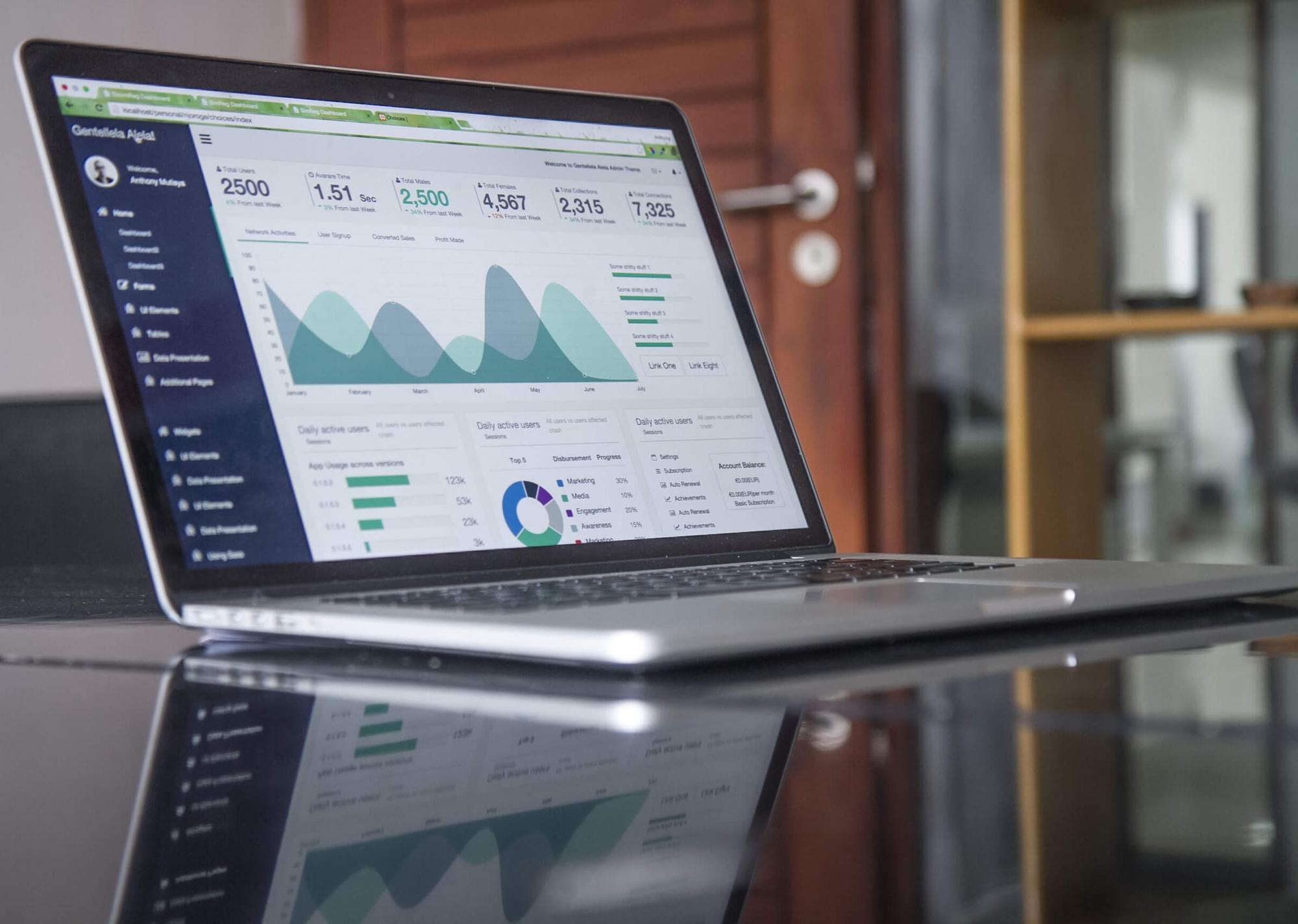Is my marketing strategy working? That is, and will always be a fair question. After all, who wants to funnel away their hard-earned marketing budget without any ROI to show for it?
If you seek benchmarks to measure your digital success confidently, you’re in the right place. We’re talking real, quantifiable data for calculating your performance. Not only is there strength in numbers, but there’s comfort in them too—especially when your digital marketing stats are meeting and exceeding the goals you’ve set for your brand.
1. Return on Ad Spend (ROAS)
What is ROAS, you ask? It’s how we measure the amount your business earns, revenue-wise, for every dollar it spends on its ad campaign. Now, that probably sounds pretty similar to ROI, but there are differences. For one, ROAS examines the cost of advertising rather than the overall investment. ROAS is also a more comprehensive look at your ad strategy, whereas ROI is often a broad one. These differences may be subtle, but they’re still important.
Think of your return on ad spend in terms of ratio. If you ROAS was 10:1, that would mean you’re making $10 for every dollar you spend on ads. (Sidenote: that’s an extreme example; the average business earns anywhere from $2.10 to $2.90 for every dollar spent.)
If you want to set realistic ROAS goals, we recommend you aim for a 4:1 ratio. On the one hand, you’re shooting for a far-above-average ROAS. On the other hand, you’re not shooting so high as to be unrealistic. Being practical doesn’t have to mean sacrificing ambition, but all too often, companies forgo one for the other.
Not sure to measure ROAS? It’s easy; take your revenue earned by ads and divide that by ad cost. Bada-bing, bada boom—there’s your ROAS! Be sure to regularly check this number —weekly, monthly, quarterly, or whatever makes the most sense for your business. That will depend, of course, on how tight your budget is and how quickly you want to see changes in your marketing performance.
2. Return on Investment (ROI)
We can’t very well mention ROI in passing without taking an even deeper dive, now can we? As you may have gathered, ROI measures how favorably an investment’s gains compare to its cost. As we mentioned above, ROI tends to be a little more all-encompassing. That’s because it tends to include other fees, such as people involved and software. We also use a different formula for measuring marketing ROI: specifically, net profit divided by net spend times 100.
3. Online Sales (Compared to Site Visits and Bounce Rates)
Okay, online sales by itself is a pretty self-explanatory way to measure digital marketing performance. The more product you sell, the better, right? Especially if those ROAS and ROI ratios are looking good.
As good as an online sale may look on paper, you have to factor in percentages for site visits and bounce rates. Are customers taking a look and then exiting your site (i.e., “bouncing”) after just one page, without buying anything at all?
Here’s your chance to analyze and ask yourself some questions. For example, are customers clicking through to your site in response to certain ads? Great! Does the landing page experience underwhelm them after clicking through, meaning they bounce within seconds? Not so great. There may even be some overlap with ROAS here: are you wasting valuable ad spend to a disproportionately high bounce rate?
The average customer bounce rate ranges anywhere from 40-50%. If you can get that bounce rate below 40%, perhaps even as low as 25%, that’s fantastic. To measure this, we suggest you use Google Analytics and regularly review your Audience Overview report. Better to find out if your stats are low now (and enact some damage control) than to find out months down the road after it’s too late.
4. Conversion Rates
Now, conversion rates will look different depending on the company; they can be anything from sales to subscribers to downloads. It’s literally the process of converting site visitors to paying customers. And like site visits or bounce rates, you can measure conversion rates on Google Analytics.
The nice thing about conversion rates is that they don’t necessarily require you to spend money on ads. After all, if you offer, say, a free download, you’re still getting the word out about your brand—and can still quantifiably measure success. Talk about a win-win scenario!
With Snap, Digital Marketing Success Is Yours for the Taking
Need a confidence boost in your digital marketing plan? Want help setting ambitious, results-oriented goals for ROAS, ROI, conversion rates, and so on? Come chat with us! Number crunching doesn’t have to be a nerve-wracking experience anymore—not with an award-winning digital agency on your side.


